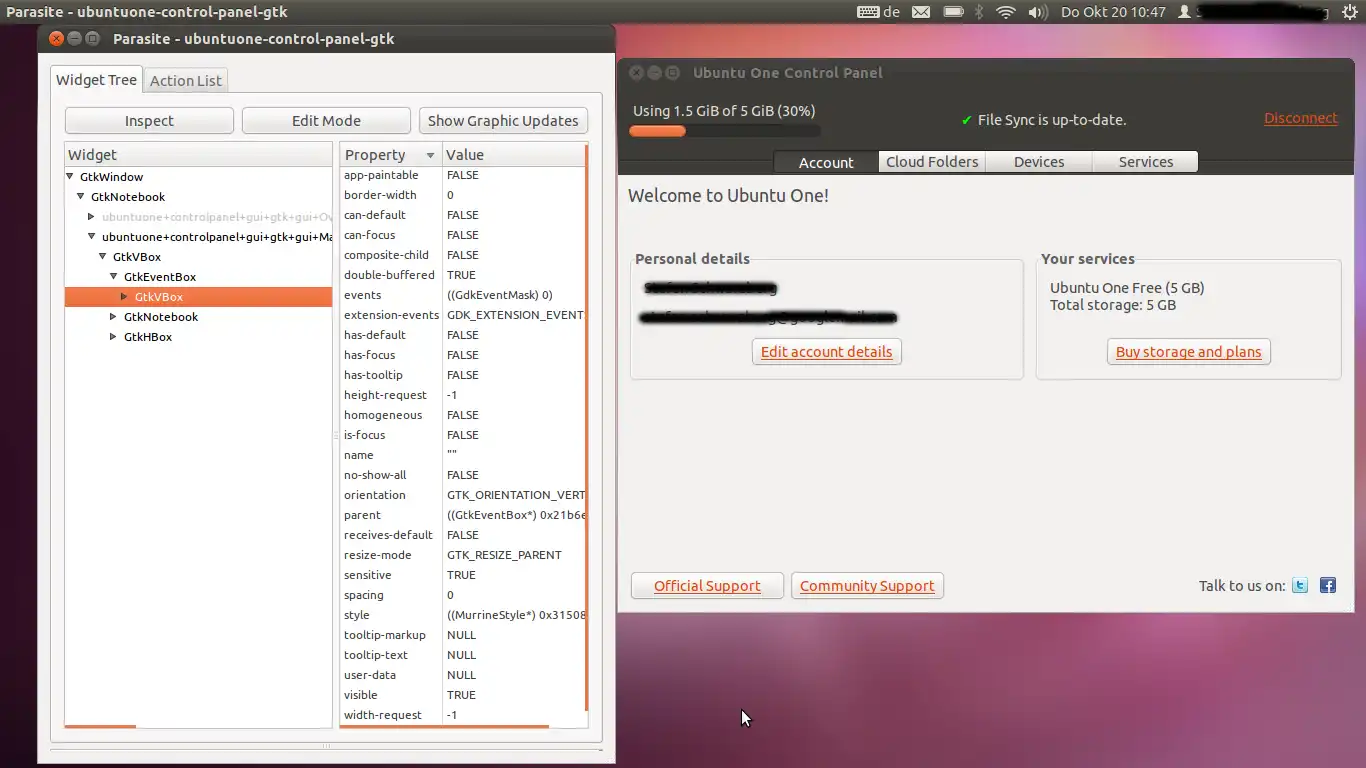在一些Ubuntu程序(如Ubuntu控制面板、系统设置)中,但不包括Banshee,在窗口的顶部部分使用了深色调元素(使用Ambience主题)。但我找不到一个能自动实现这个效果的标准小部件。
这些颜色是手动设置的吗(而不是使用标准小部件+主题)?如果是手动设置的,那么在主题中它们是从哪里来的(gtk_widget_modify_bg(widget, GTK_STATE_NORMAL, &color)中的参数是什么)?
编辑:看起来这并不是一个简单的Gtk.Toolbar。如果我运行以下代码:
我得到了一个像这样的窗口: 它的工具栏没有暗色调。
它的工具栏没有暗色调。
编辑2:尽管j-johan-edwards提供的“具有特殊上下文工具栏”的答案在大多数程序中都是正确的,但在ubuntuone-control-panel中并非如此。该程序具有可以包含任何范围小部件的GtkVBox(而不是工具栏)。我仍然无法确定gtk主题如何知道如何绘制窗口的那部分。 但无论如何:现在对我来说工具栏就足够了...
但无论如何:现在对我来说工具栏就足够了...
这些颜色是手动设置的吗(而不是使用标准小部件+主题)?如果是手动设置的,那么在主题中它们是从哪里来的(gtk_widget_modify_bg(widget, GTK_STATE_NORMAL, &color)中的参数是什么)?
编辑:看起来这并不是一个简单的Gtk.Toolbar。如果我运行以下代码:
from gi.repository import Gtk
window = Gtk.Window()
window.set_default_size(200, -1)
window.connect("destroy", lambda q: Gtk.main_quit())
toolbar = Gtk.Toolbar()
window.add(toolbar)
toolbutton = Gtk.ToolButton(stock_id=Gtk.STOCK_NEW)
toolbar.add(toolbutton)
window.show_all()
Gtk.main()
我得到了一个像这样的窗口:
 它的工具栏没有暗色调。
它的工具栏没有暗色调。编辑2:尽管j-johan-edwards提供的“具有特殊上下文工具栏”的答案在大多数程序中都是正确的,但在ubuntuone-control-panel中并非如此。该程序具有可以包含任何范围小部件的GtkVBox(而不是工具栏)。我仍然无法确定gtk主题如何知道如何绘制窗口的那部分。
 但无论如何:现在对我来说工具栏就足够了...
但无论如何:现在对我来说工具栏就足够了...

Gtk.get_major_version()返回的是3,但是我仍然得到的是旧的工具栏。这是在 Python2 和 Python3 中都执行了from gi.repository import Gtk之后出现的情况。 - Stefano Palazzo